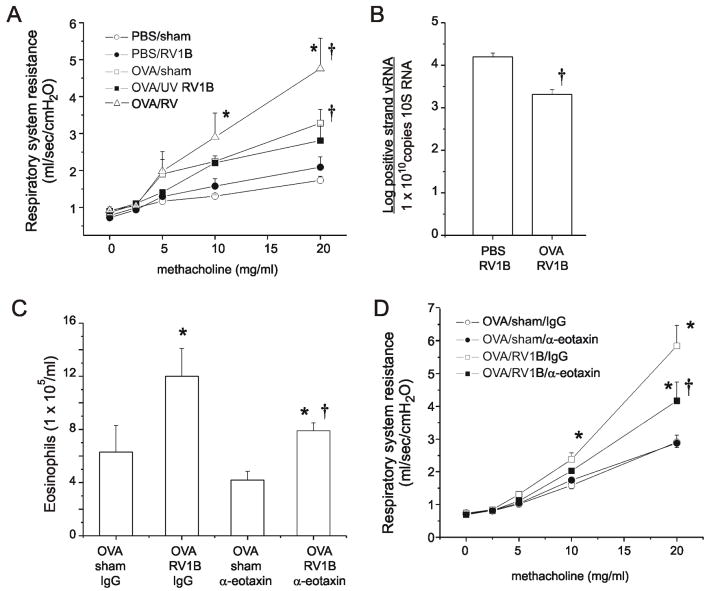Figure 4. RV infection of OVA-sensitized and -challenged mice induces eotaxin-1-mediated airways cholinergic responsiveness.
A. Mice were anesthetized and endotracheally intubated, and changes in respiratory system resistance to nebulized methacholine measured using the FlexiVent system (Scireq, Montreal, CA). Four days after infection, RV-infected OVA mice demonstrated significantly higher airways responses than all other groups at methacholine doses of 10 and 20 mg/ml. B. Measurement of viral copy number from lungs of PBS/RV and OVA/RV treated mice 1 day post infection. OVA/RV treatment significantly reduced viral copy number by 1 log. (N= 5 mice per group, bars represent mean ± SEM, *different from respective sham group, p<0.05; †different from respective PBS group, P<0.05 one-way ANOVA.) C. Selected RV-infected, OVA-sensitized and -challenged mice were given two systemic injections of rabbit anti-mouse eotaxin-1. Additional mice were treated with the isotype control antibody. Mice given anti-eotaxin displayed reduced tissue eosinophils 4 days after infection. D. Neutralizing antibody and isotype control-treated mice were administered increasing doses of aerosolized methacholine. Treatment with anti-eotaxin-1 significantly reduced airway cholinergic responsiveness compared to the IgG-treated group. (Bars represent mean ± SEM, *different from respective sham group, †different from IgG group, P<0.05, one-way ANOVA.)

